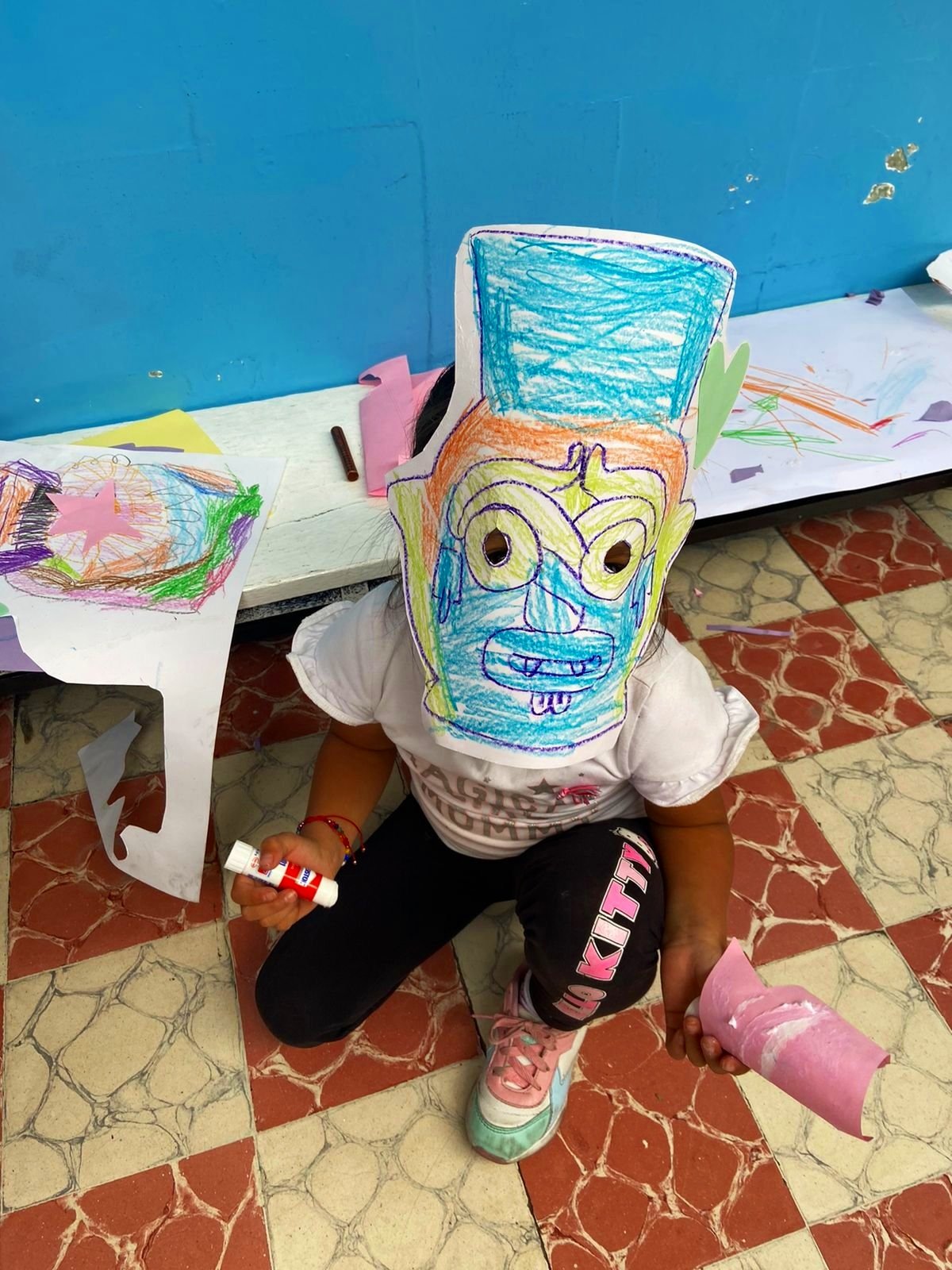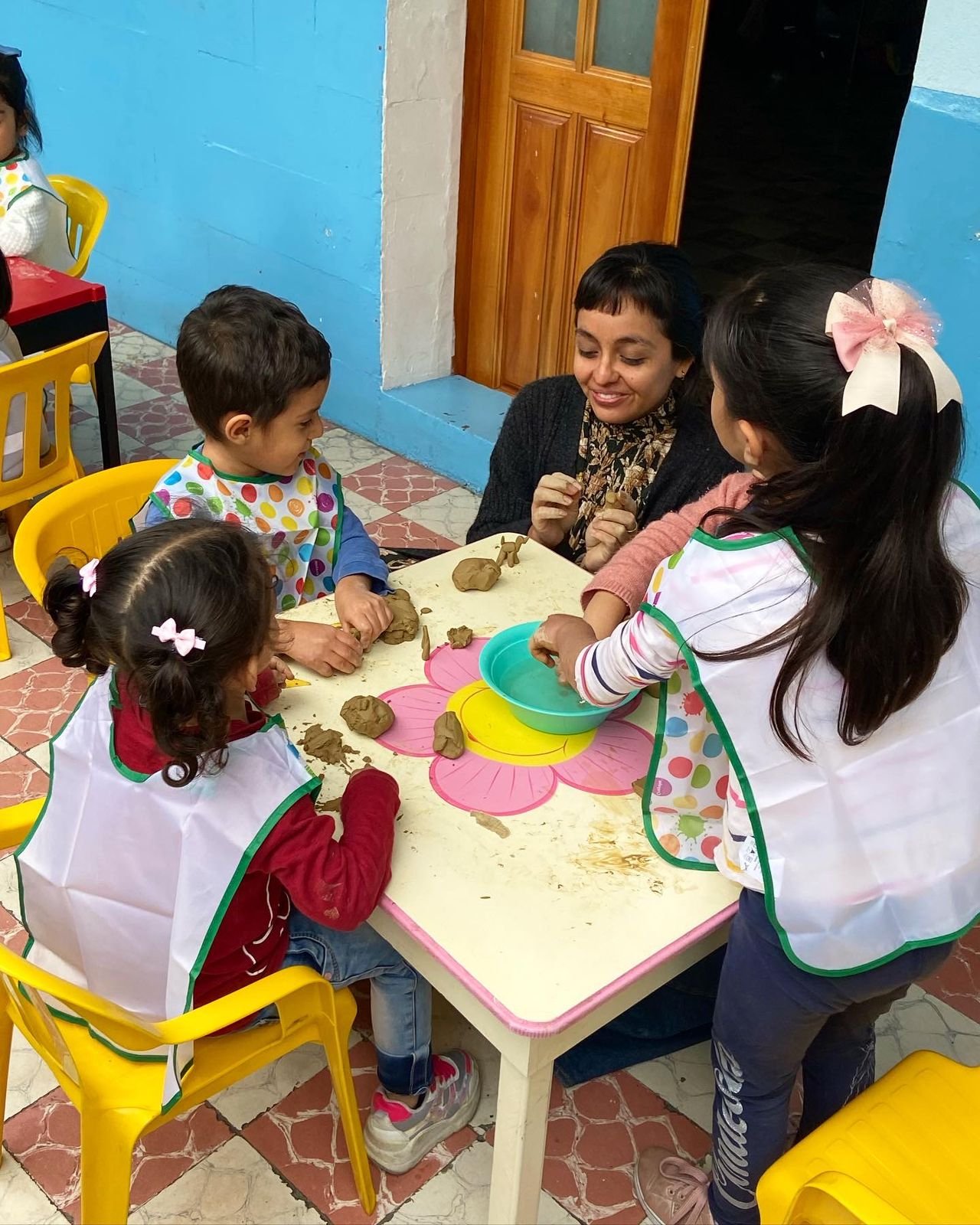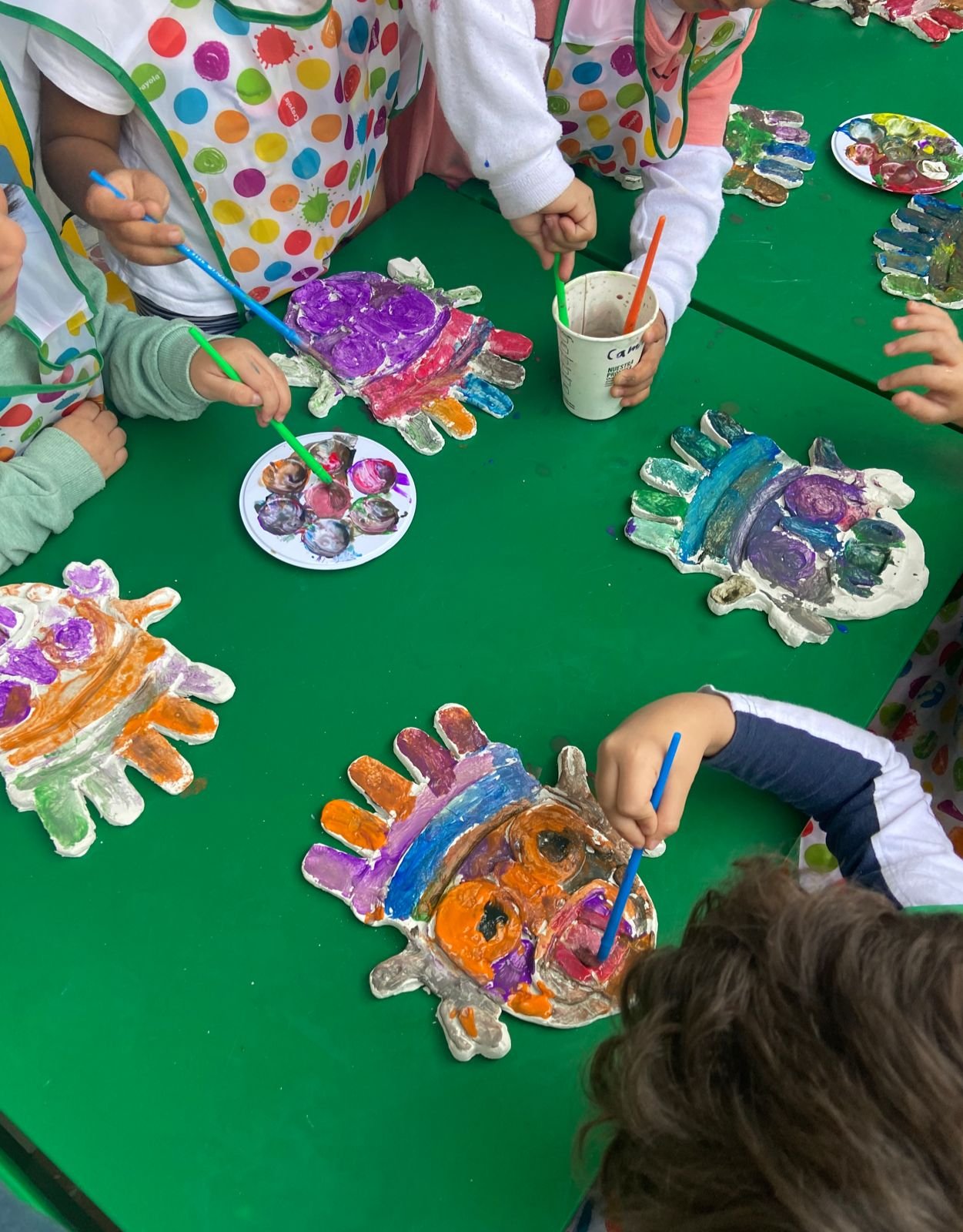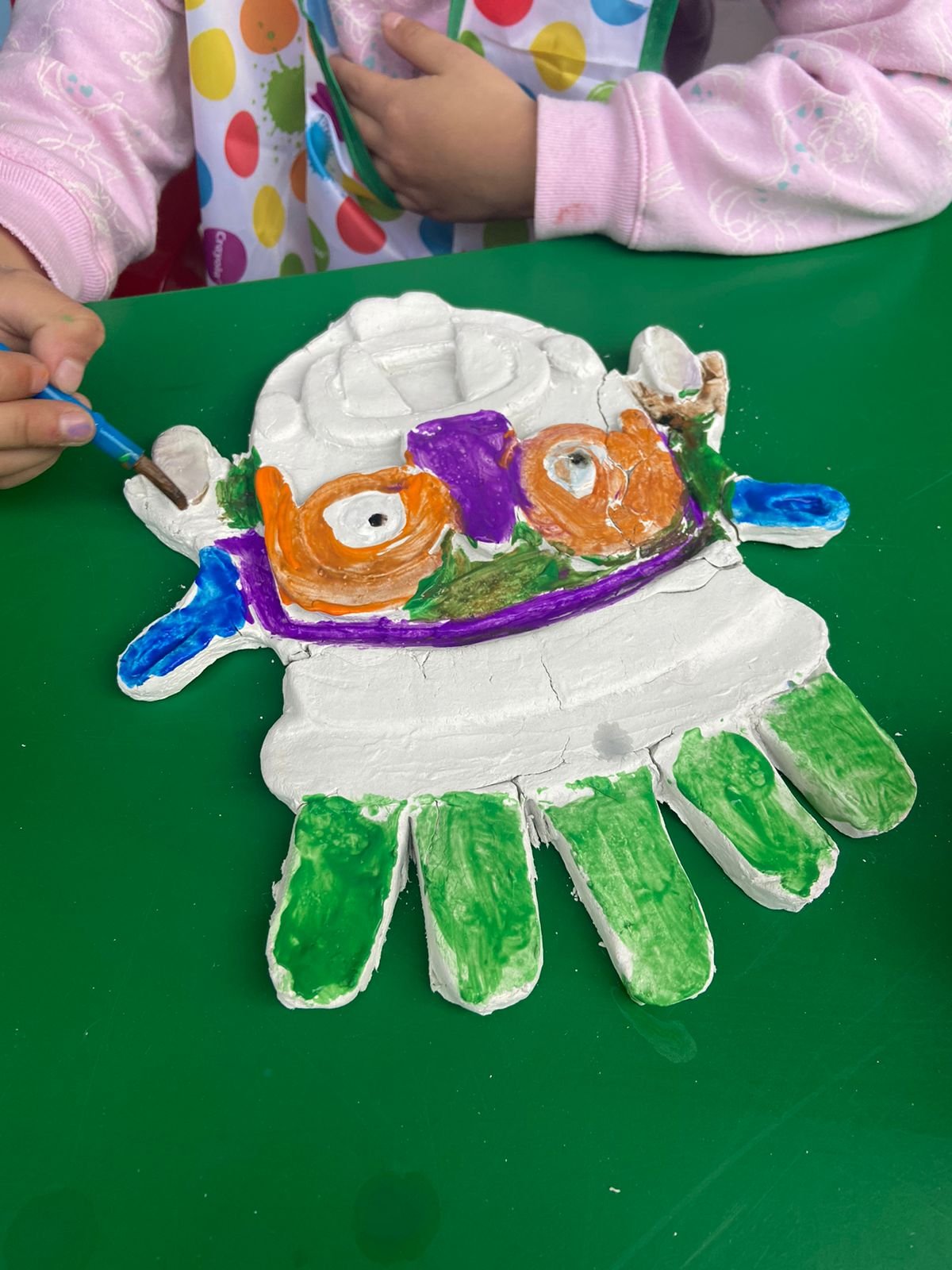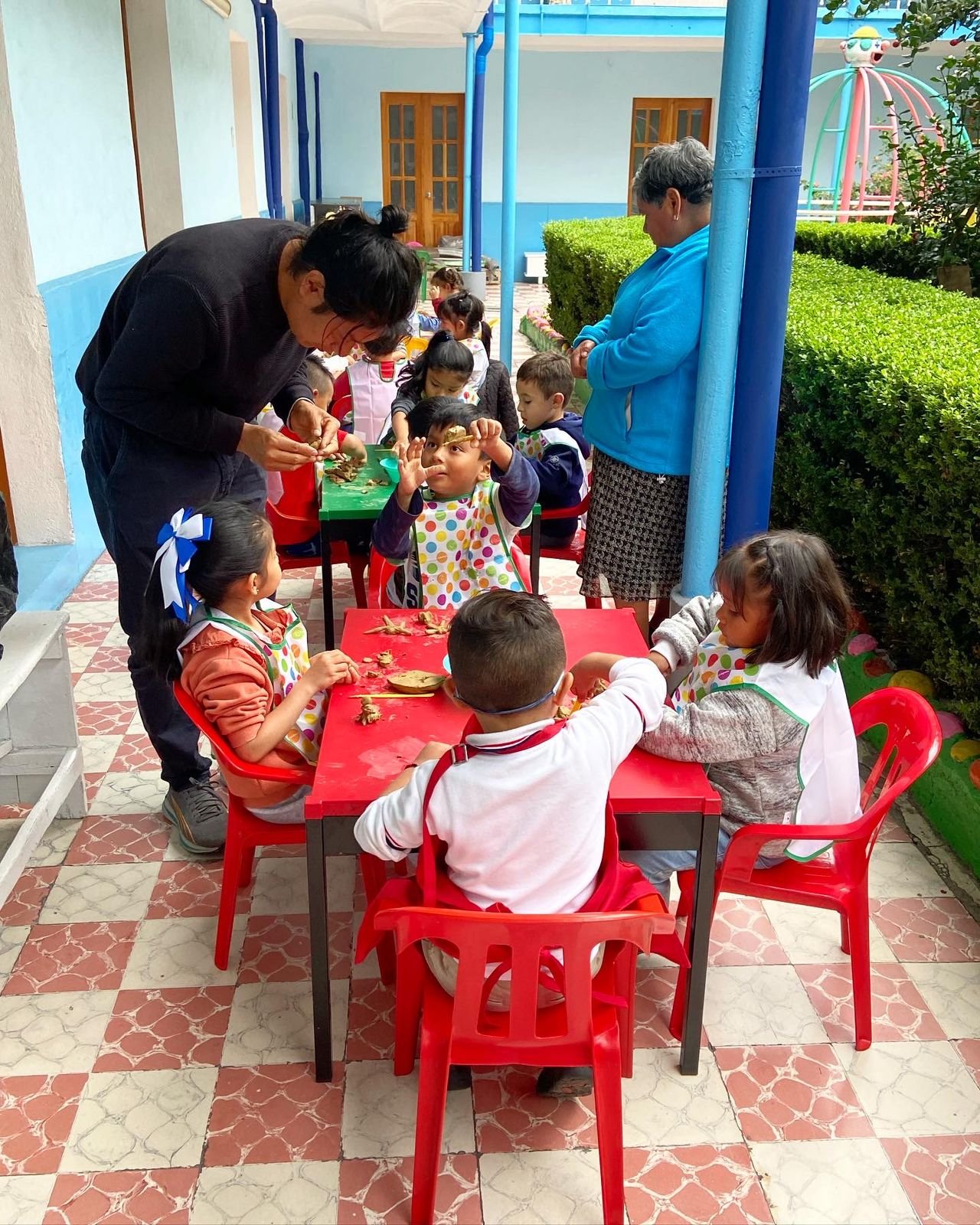MARÍA SOSA + NOÉ MARTÍNEZ
Noé Martinez' work functions as a case study that emerges from personal history, while making use of ethnographic methodologies and research into the multiple histories of indigenous communities in the Americas. María Sosa conducts research on colonial pasts and how they shape contemporary racial, sexual and social dynamics and focuses on the eradication of knowledge surrounding non-Western ways of life and pre-Hispanic cultures. Noé Martínez's work has been presented at the Orange County Museum of Art, Santa Ana (2020); Museum of Contemporary Art, Chicago (2019); 21st SESC Videobrasil Contemporary Art Biennial, Sao Paulo (2019); FilmFront, Chicago (2019); Native Crossroad Festival, Norman (2018); International Film Festival, Morelia (2018), where he won, along with María Sosa, the Ojo hermanos Alva Award, for Best Short Film; and at International Performance Art Week, Venice (2016). María Sosa's work has been exhibited at Fundación Casa de México, Madrid (2022); Laboratorio de Arte Alameda, Mexico City (2021-2022); Tale of a Tub, Amsterdam (2021); Arewá, Madrid (2021); Servais Family Collection, Brussels (2020); Lasécu Artothèque, Lille (2019); FilmFront, Chicago (2018- 2019); Native Crossroad Film Festival, Norman (2018); Festival Internacional de Cine, Morelia (2018), where he won, along with Noé Martínez, the Ojo hermanos Alva Award, for Best Short Film; and at International Performance Art Week, Venice (2016).21.09.2021 —
22.02.2023
During their residency, María Sosa and Noé Martínez have carried out different exercises to work on both gross and fine motor skills in the children. From imitating animals along the hallway of Casa Cuna La Paz, to carrying out delicate tasks with their hands, using colored beads, image cut-outs and clay.
Throughout the sessions, the artists have provided visual references as a source of inspiration for the participants. Among them books on pre-Hispanic culture, anthropology, popular art, African art, among others. In this way the children have been able to express their personalities and imaginations, inspired by the images of different cultures.
Although most of the activities have been individual, we could notice in the process a collective approach in an organic way, where the participants have shown from their own initiative a desire to help each other and share both objects and results.Objectives of the residency:
To work both gross and fine motor skills in children.
Encourage the expression of personality of each participant, as well as the use of imagination.
Use materials such as clay to achieve relaxation spaces.
Use visual materials from pre-Hispanic cultures, anthropology, popular art, African art, among others as a source of inspiration.

